The lush green hills of Colombia’s Coffee Triangle, a UNESCO World Heritage site, have long been synonymous with some of the world’s finest arabica beans. Yet in recent years, this picturesque region has emerged as an unexpected powerhouse in another booming industry: ecotourism. With annual growth rates soaring at an astonishing 30%, the Coffee Triangle is no longer just a pilgrimage for caffeine enthusiasts—it’s becoming a magnet for travelers seeking immersive cultural experiences and unspoiled natural beauty.
Nestled between the rolling Andean foothills of Caldas, Quindío, and Risaralda, the Eje Cafetero (as locals call it) offers far more than postcard-perfect coffee plantations. Visitors now flock to hike through cloud forests teeming with exotic birds, soak in thermal springs heated by volcanic activity, and stay on working fincas where generations-old farming traditions unfold daily. What’s driving this surge? A perfect storm of sustainable tourism initiatives, improved infrastructure, and global wanderlust for authentic, slow travel experiences.
The region’s transformation didn’t happen overnight. After Colombia’s 2016 peace accords reduced security concerns, international travelers began rediscovering the country. Local cooperatives seized the moment, rebranding the Coffee Triangle as a holistic destination where biodiversity conservation and cultural preservation matter as much as caffeine. Farmers who once relied solely on coffee harvests now diversify incomes by guiding tours, operating boutique lodges, and teaching traditional chapolera (coffee-picker) songs to visitors.
One particularly innovative approach involves "carbon-positive" coffee tours. Several haciendas now calculate the CO₂ emissions from visitors’ flights and offset them by planting native wax palms across their estates—an initiative that resonates powerfully with environmentally conscious millennials. Meanwhile, the newly expanded Pereira International Airport connects the region to Miami and Madrid, making arrivals smoother than the region’s famed tinto (black coffee).
Cultural tourism forms another pillar of growth. The Paisa architecture of colorful bahareque (bamboo-and-clay) houses, the rhythmic guabina folk music played at village festivals, and the elaborate mulas (decorated mule caravans) used historically to transport coffee—all these elements are now woven into curated experiences. In Salento, workshops teach travelers to weave carriel leather bags just like those worn by coffee growers for centuries.
Yet challenges persist beneath the frothy growth. Some conservationists worry about overdevelopment in fragile ecosystems, particularly around the Cocora Valley’s iconic wax palms. Others note that while tourism revenue is rising, equitable distribution remains uneven across communities. "The key," says María Fernanda López of Colombia’s Tourism Board, "is maintaining our ‘slow tourism’ philosophy—prioritizing quality over quantity, ensuring visitors engage deeply rather than just passing through."
Looking ahead, the Coffee Triangle’s trajectory seems as carefully cultivated as its prized beans. With new multi-day trekking routes linking coffee farms to paramo highlands, and barista schools training rural youth in specialty brewing techniques, the region is brewing a sustainable future—one where every sip of coffee tells a story, and every visitor leaves as an ambassador for Colombia’s verdant heartland.

By Lily Simpson/Apr 7, 2025
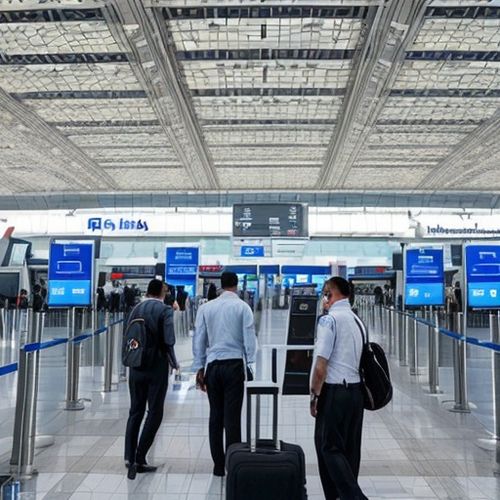
By Samuel Cooper/Apr 7, 2025
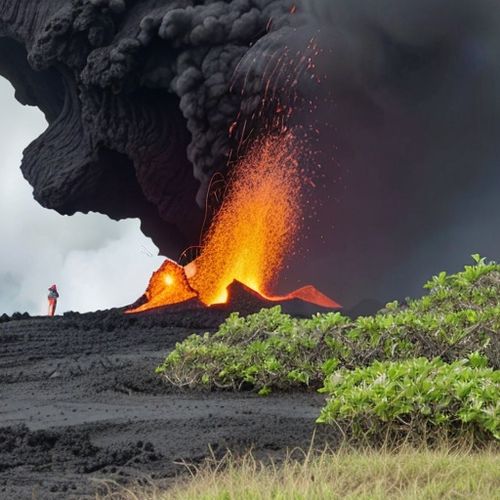
By Rebecca Stewart/Apr 7, 2025
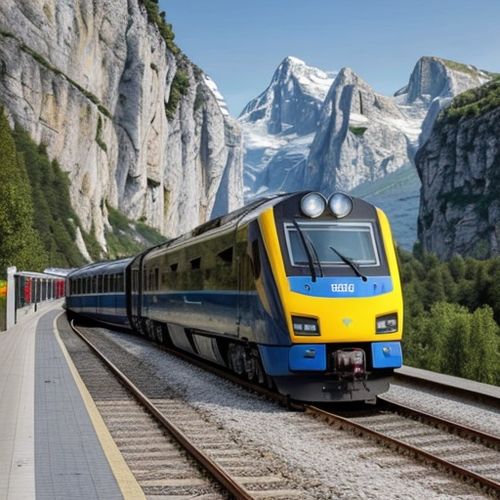
By Sarah Davis/Apr 7, 2025

By Rebecca Stewart/Apr 7, 2025
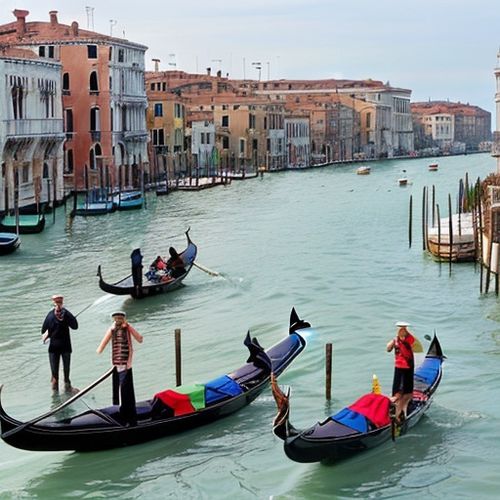
By Amanda Phillips/Apr 7, 2025

By Natalie Campbell/Apr 7, 2025
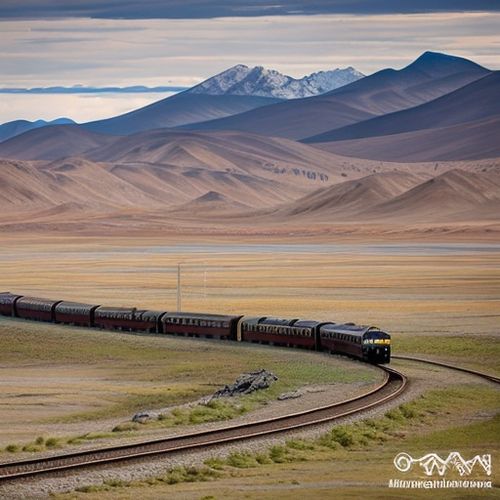
By Jessica Lee/Apr 7, 2025
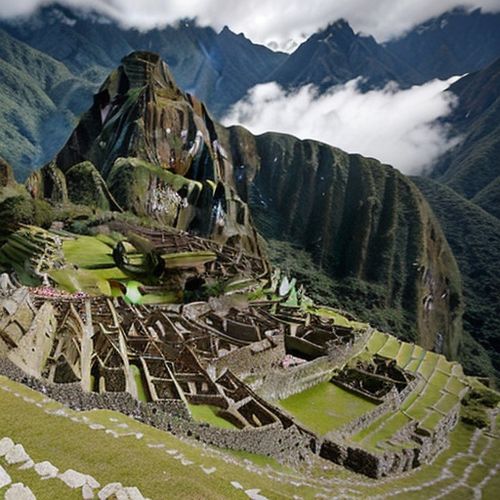
By Thomas Roberts/Apr 7, 2025
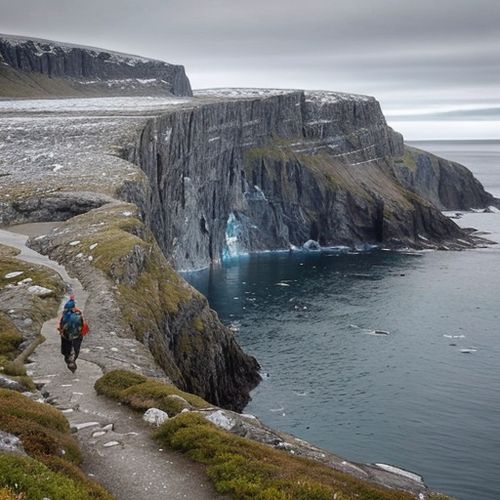
By Daniel Scott/Apr 7, 2025
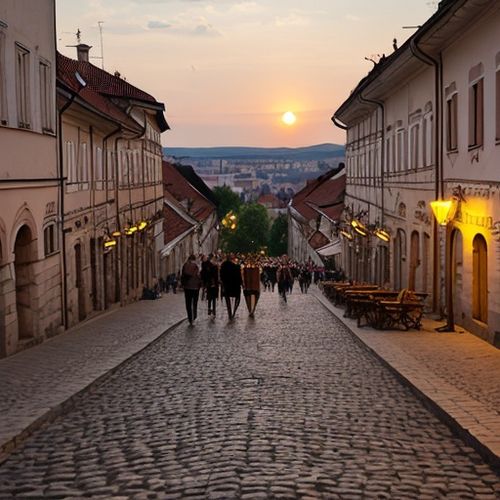
By Emily Johnson/Apr 7, 2025

By Victoria Gonzalez/Apr 7, 2025
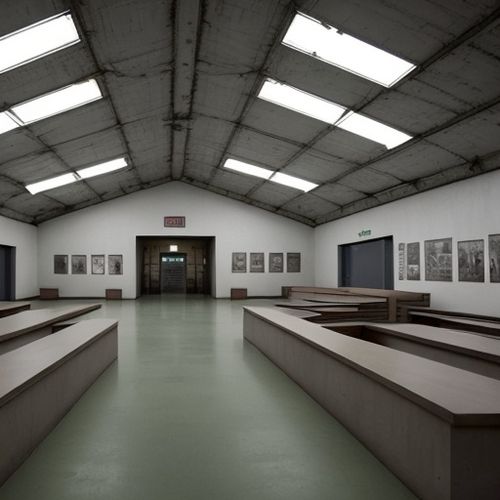
By George Bailey/Apr 7, 2025

By Rebecca Stewart/Apr 7, 2025
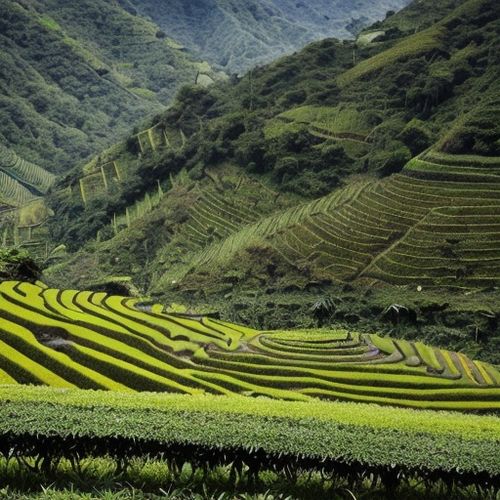
By Elizabeth Taylor/Apr 7, 2025
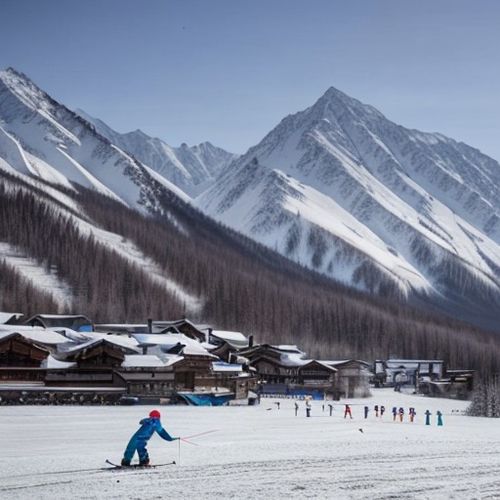
By Thomas Roberts/Apr 7, 2025
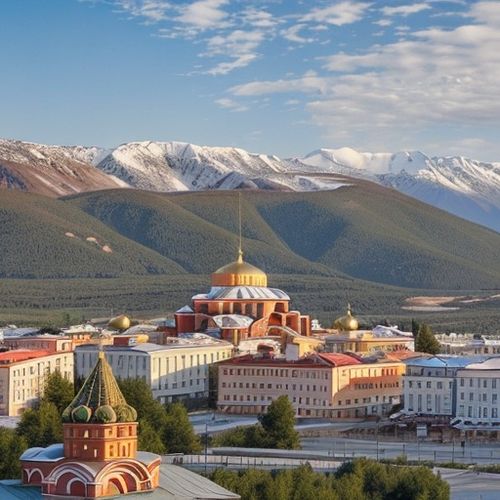
By Lily Simpson/Apr 7, 2025